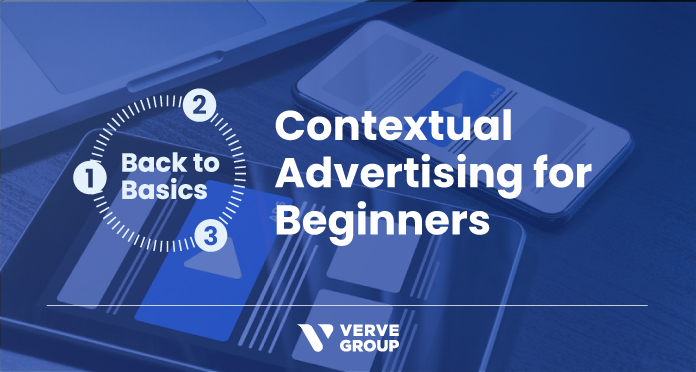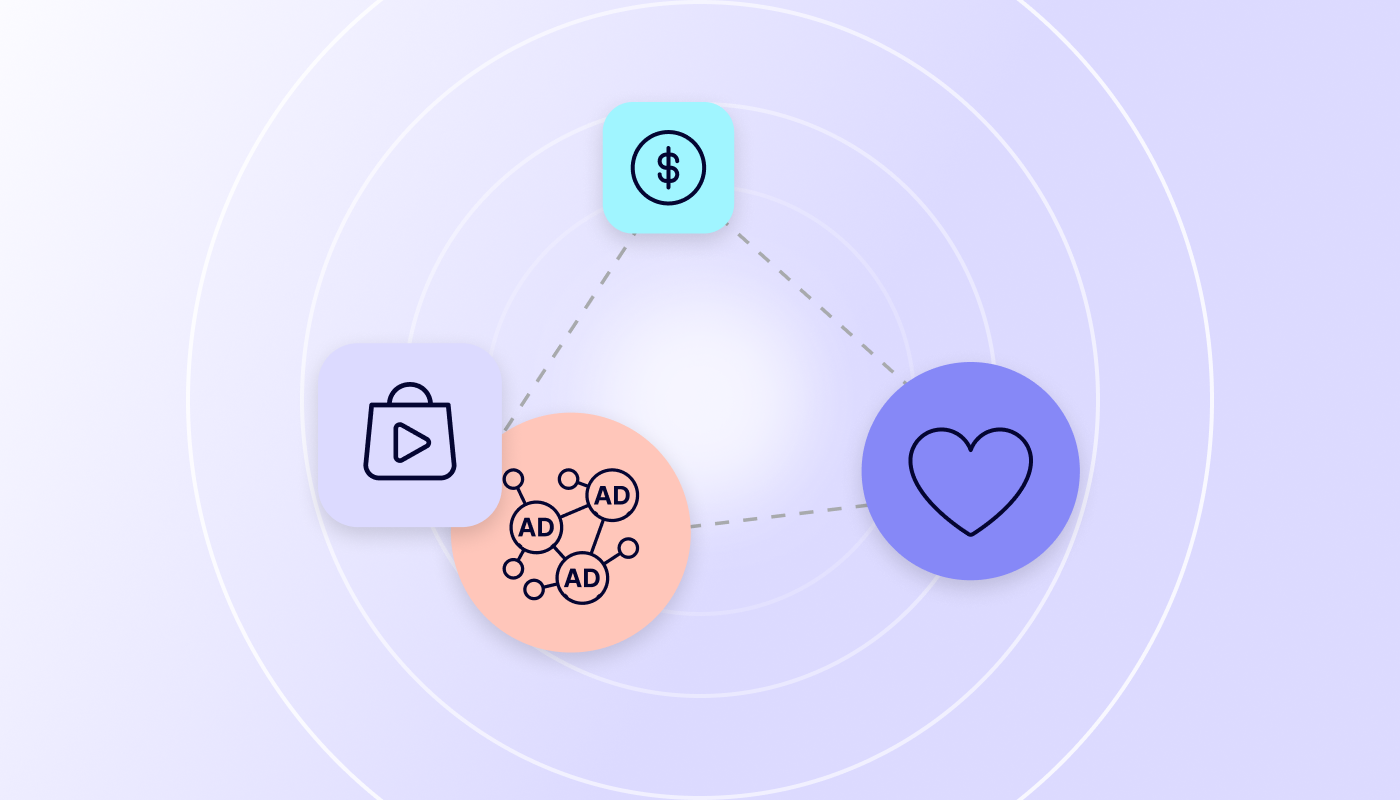Now that identifiers are taking leave, contextual advertising is back from the dead. This is what you might think when you hear that contextual is making a comeback in programmatic advertising. In this article, we’ll introduce the concept of contextual advertising, shed light on whether it is the answer to a new identity-less era, and explain why it had never quite gone off the radar.
Contextual advertising was never dead
Contextual has not only been around since the early days of the web, it has also been a common practice in non-digital media since the very beginning of advertising. Whether in a magazine or on a website, context has been used to find the optimal space for an ad placement to make assumptions about brand fit. That way, an ad about headphones was shown on the same site as that of a top 100 music chart. The basic concept is simple and has proven its worth.
How does contextual advertising work?
In digital advertising, to identify what kind of inventory matches an advertiser’s target audience, a keyword analysis is performed, which involves the scanning of keywords placed in the URL as well as the content of a target website. Based on the keywords an advertiser chooses to include or exclude, broad or niche audiences can be defined. Through analyzing the content on a website and mapping them to the keywords a marketer chooses to advertise next to, the brand fit is determined. By targeting keywords that form your target audience, the number of eyeballs that could turn into new customers is maximized, and an ad about healthy breakfast cereal targeting health-conscious foodies will be placed on a food or fitness blog rather than in the latest tech news or financial investment advice corners.
If it’s that simple and effective, why did contextual advertising fall off the radar?
In the early days of digital advertising, contextual advertising still faced many limitations. Activating niche audiences came at the cost of scale since the amount of content was limited and not as diverse as it is today. Also, while keywords derived from text proved certain reliability that your ads would be shown to the correct audiences, there were undetectable nuances that could heavily impact the perception of your brand. If you were targeting “luxury car brand enthusiasts” or “racing car fans”, you definitely did not want your ad to be placed next to news on racing accidents or on blogs about car-free movements.
Yet, context has always been used to identify target audiences. Especially in non-digital media, context is still a top indicator of where to place your ad to reach relevant audiences. In the digital ecosystem, however, the rise of identifiers pushed contextual advertising to the background. Personalized IDs that stored relevant historical information on online activity and were made available for targeting also paved the way for practices like retargeting or frequency capping, delivering better performance marketing results.
However, these practices come with a loss of data ownership. Nowadays, governments and global companies alike make it easier for users to execute their rights and (re)gain control over their personal data. With the rise of privacy-first initiatives such as Apple’s decision to block third-party cookies in the Safari browser in 2020, the introduction of AppTrackingTransparency framework on iOS in 2021, and Google’s plan to get rid of the cookie by 2023, the digital marketing landscape is shifting again.
Out with the old, in with the new
“When your omnipotent identifiers flee the scene, what else is there other than going back to good old proven technology?”
While it may seem like a step back to refocus on contextual advertising after 25+ years of using the convenience of personal identifiers, the technology has done a 180-degree turn from when it first started. In the early stages, context was analyzed by deriving keywords from text sources only. With the help of intelligent deep learning algorithms, information can now be drawn from any media — text, image, audio, or video. Additionally, these deep learning mechanisms allow for analysis on inventory sentiment, identifying content with positive connotations, and therefore offering more sophisticated measures to ensure brand safety. These mechanisms can also help interpret contextual data, and create reliable predictions on consumer interests and behavior.
There are several essential differentiators of contextual advertising over identifier-based audience activation:
- Relevancy
Digital consumers come across 6,000 to 10,000 ads every single day. With the habit of only superficially scanning most of the content that they are exposed to, naturally, the majority of ads placed next to it are not actively perceived. When consumers actively choose to spend time on specific pages, however, the possibilities of them taking in and engaging with ads are 3X times higher than average. Therefore, the more relevant the ad is when it is viewed, the higher the likelihood that viewers turn into consumers.
- Privacy
As mentioned before, privacy has become the center of attention now. At the same time, while identifiers on mobile will still linger, albeit in fewer quantities, third-party cookies will soon phase out completely. With the help of contextual advertising, segments are created from anonymous, content-specific information, leveraging smart algorithms to make suitable predictions for brand fit. These segments can easily be mapped to behavioral segments that advertisers seek and understand today. By analyzing signals that do not require identifiers unique to any individual, contextual advertising is resting the case for more privacy-centric solutions.
- Recency
When you think of news websites and blogs, the most recent articles always draw the most attention. In particular, users who frequent certain pages regularly will engage with new content as soon as it is published. However, with a high cadence of new content added to the internet every day, it receives the most attention within the first 24 hours of publication. Therefore, it is important to leverage solutions that target the entire content palette in real time.
Contextual is dead. Long live contextual.
While a differentiated advertising strategy is always key, a huge step towards maintaining the old normal -including the ability to address your target audiences with precision - can be taken by adding contextual advertising (back) into your marketing strategy to rebuild the audiences you currently target using identifiers. Think about it: why waste time and effort with solutions whose days are numbered when you can invest in well-versed, future-proof solutions?
Verve recently acquired Beemray, a next-generation contextual data platform that can discover, analyze, and activate new digital content in real time. Their AI-driven technology enables us to target consumers at their peak interest, showing ads in perfect moments, and driving conversion intent. This solution aims at future-proofing advertising for a world without personal identifiers, much like our mobile solution ATOM (or Anonymized Targeting on Mobile) which uses device, ad, and contextual app signals to rebuild the audiences you are constructing with personal identifiers today.
If you are interested in learning more, do reach out to us.







